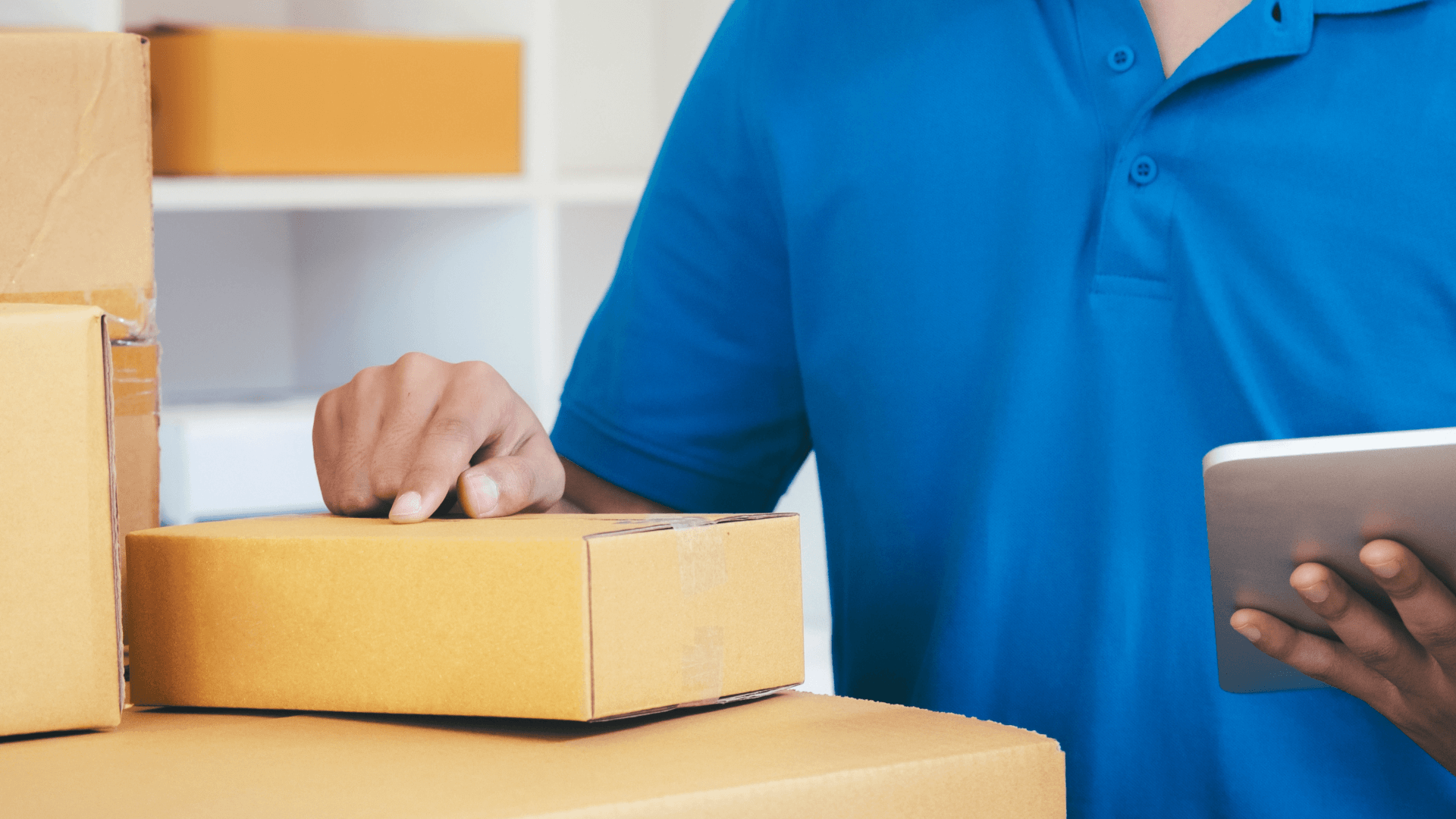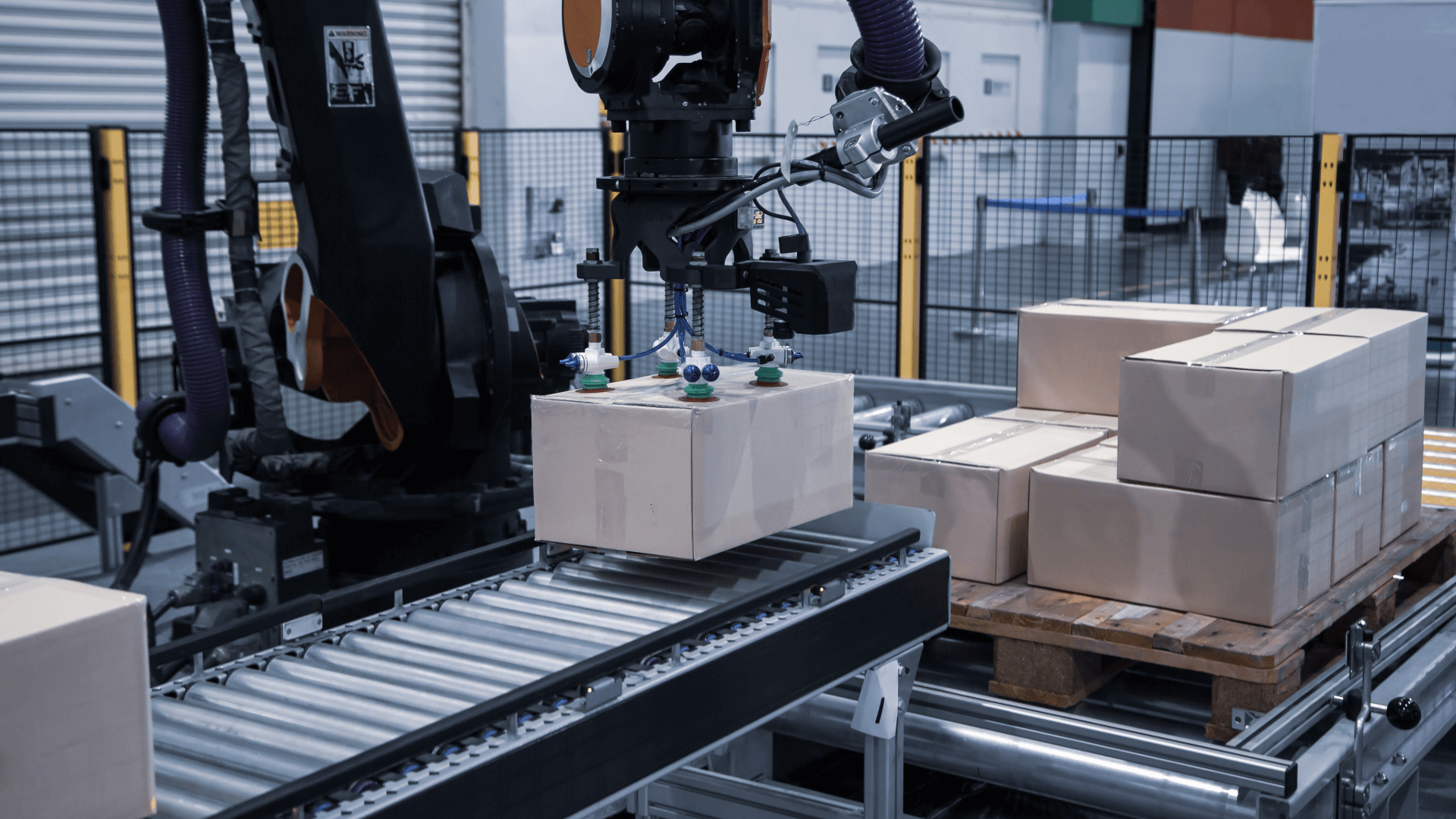Efficient Packaging Operations
COST-SAVING STRATEGIES
Packaging is an essential element of any product, but its associated costs can significantly impact a business’s bottom line. This article delves into the various factors that influence packaging costs and explores strategies for optimizing them. We’ll examine the importance of analyzing both the financial and environmental implications of packaging choices. By implementing these strategies, businesses can achieve a balance between cost-effectiveness and sustainability, creating a win-win situation for their wallets and the environment.
Understanding the Impact of Packaging Costs
Packaging expenses play a crucial role in a company’s overall financial health. Understanding how these costs impact the bottom line enables businesses to pinpoint areas for improvement and implement cost-saving strategies. Conducting a comprehensive cost analysis that considers material, labor, equipment, and transportation costs is key in identifying opportunities to reduce expenses.
Additionally, it is crucial for businesses to consider the environmental impact of their packaging. While opting for sustainable packaging solutions may require higher initial investments, the long-term benefits of reducing waste and resource usage can result in significant savings. By striking a balance between the financial implications and environmental sustainability of packaging expenses, companies can make well-informed decisions when choosing their packaging.

Implementing Lean Principles in Packaging Operations
Implementing lean principles in packaging operations is a proven method to drive cost reductions and enhance operational efficiency. These principles focus on cutting out waste, streamlining processes, and delivering maximum value to customers. By embracing these principles, companies can pinpoint and eliminate non-value-added tasks, like unnecessary handling and excess inventory, leading to substantial cost savings.
A critical component of lean principles is enriching workflows. By examining the packaging process and pinpointing bottlenecks or inefficiencies, businesses can make targeted enhancements to streamline operations. This could involve reconfiguring workstations, fine-tuning equipment placement, or establishing standardized work procedures. By continually refining the workflow, businesses can slash lead times, boost throughput, and ultimately trim costs.
Another vital aspect of adopting lean principles is empowering employees to actively contribute to process enhancements. By fostering a culture of ongoing improvement and offering training on lean principles, companies can involve their workforce in identifying and implementing cost-saving solutions. This not only drives efficiency gains but also fosters employee satisfaction and empowerment.

Optimizing Packaging Materials and Designs
Maximizing the potential of packaging materials and designs is a key tactic in cutting costs within packaging operations. By carefully selecting materials and designs, companies can minimize waste, slash shipping expenses, and elevate product safeguarding.
One effective method to optimize packaging materials is to explore alternative options that offer the same level of protection at a reduced cost. For instance, swapping out plastic packaging for biodegradable or recyclable materials not only lessens environmental impact but also has the potential to lower expenses. Additionally, considering lightweight materials can lead to decreased shipping costs and improved storage efficiency.
Another critical consideration is design. By designing packaging that maximizes product protection while minimizing material usage, businesses can reduce costs and enhance sustainability. This may involve utilizing innovative packaging designs, such as nesting or stackable designs, that improve space utilization and minimize shipping volumes. Additionally, incorporating features like easy-open mechanisms can improve customer experience while reducing packaging waste.
Ultimately, through continual evaluation and development of packaging materials and designs, businesses can achieve substantial cost savings and enhance the overall efficiency of their packaging operations. For a comprehensive understanding of packaging costs, see The Real Price of Packaging guide. And to learn more about other aspects of packaging optimization, see our Guide to Packaging Optimization.
Investing in Automation and Technology
Investing in automation and technology is a strategic approach to reduce costs and improve efficiencies. Automation can help eliminate manual and repetitive tasks, improve accuracy, and increase production speed.
One area where automation can be beneficial is in the packaging assembly process. By implementing automated packaging systems, businesses can reduce labor costs and increase throughput. Automated systems can handle tasks such as product sorting, labeling, and packaging, allowing employees to focus on more skilled and value-added activities.
Technology can also play a key role. For example, implementing barcode scanning systems can help streamline inventory management and reduce errors. By accurately tracking inventory levels, businesses can avoid overstocking or stockouts, resulting in cost savings.
Furthermore, investing in technology for data analysis and monitoring can provide valuable insights for process improvement. By collecting and analyzing data, businesses can identify areas for refinement, such as reducing downtime, improving equipment performance, or enhancing packaging quality. These insights can lead to cost-saving strategies and continuous improvement in packaging operations.

Continuous Improvement through Data Analysis
Harnessing the power of data analysis for continuous improvement is a game-changer in optimizing packaging operations and cutting costs. By delving into the data on various facets of packaging processes, companies can pinpoint areas for enhancement and implement tailored solutions.
One pivotal use of data analysis lies in uncovering bottlenecks and inefficiencies within the packaging workflow. Through scrutinizing production data, businesses can pinpoint areas with extended cycle times, excessive rework, or frequent errors. This data serves as a compass for prioritizing improvement initiatives and deploying resources strategically.
Moreover, data analysis proves instrumental in fine-tuning equipment utilization and maintenance practices. By closely monitoring equipment performance data, companies can pinpoint opportunities for proactive maintenance or upgrades. This proactive approach not only minimizes downtime and curbs repair costs but also augments overall equipment efficiency.
Additionally, data analysis offers a window into understanding customer preferences and behaviors. By dissecting customer feedback and purchase trends, businesses can tailor packaging designs and materials to align with customer expectations. This not only boosts customer satisfaction and loyalty but also trims costs linked to returns or product damages.
Through the strategic application of data analysis for continuous improvement, businesses can pave the way for cost savings and achieve peak efficiency in their packaging operations.
By leveraging data analysis for continuous improvement, businesses can drive cost savings and achieve optimal efficiency in packaging operations.

Conclusion
In today’s competitive market, optimizing packaging operations is no longer just about cost reduction; it’s about embracing sustainability. By implementing the strategies outlined in this article, businesses can achieve significant cost savings while minimizing their environmental footprint. Analyzing packaging costs, implementing lean principles, optimizing materials and designs, investing in automation and technology, and leveraging data analysis – all these practices contribute to a more efficient and sustainable packaging process. By striking a balance between financial responsibility and environmental consciousness, businesses can ensure their packaging operations remain competitive and contribute to a greener future.
